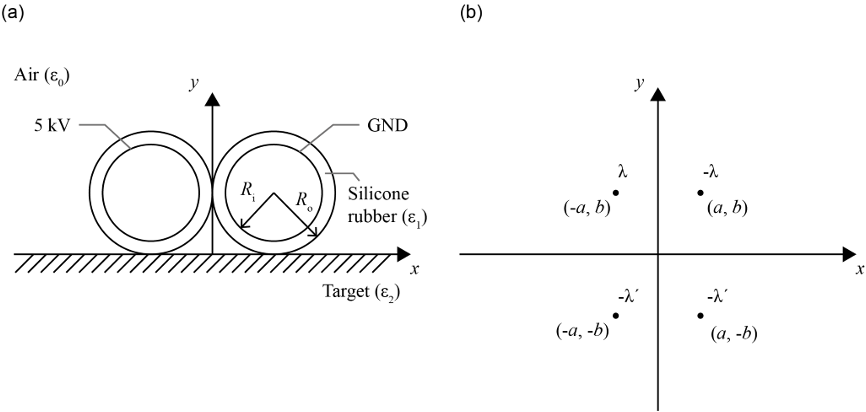ionic spiderweb
hydrogel sensor with electrostatics
Spiders use adhesive, stretchable, and translucent webs to capture their prey. However, sustaining the capturing capability of these webs can be challenging because the webs inevitably invite contamination, thus reducing its adhesion force. To overcome these challenges, spiders have developed strategies of using webs to sense prey and clean contaminants. Here, we emulate the capturing strategies of a spider with a single pair of ionic threads based on electrostatics. Our ionic spiderwebs completed consecutive missions of cleaning contamination on itself, sensing approaching targets, capturing those targets, and releasing them. The ionic spiderwebs demonstrate the importance of learning from nature and push the boundaries of soft robotics in an attempt to combine mutually complementary functions into a single unit with a simple structure.
In this work, I mainly contributed to mathematical analysis of electrostatic adhesion and sensing.
